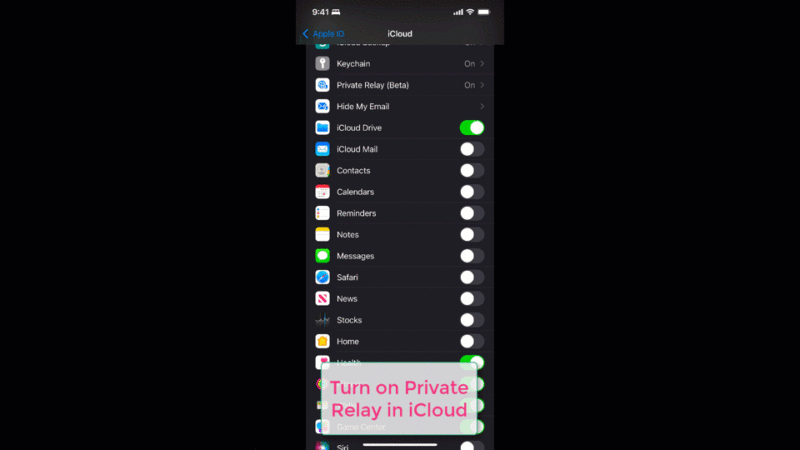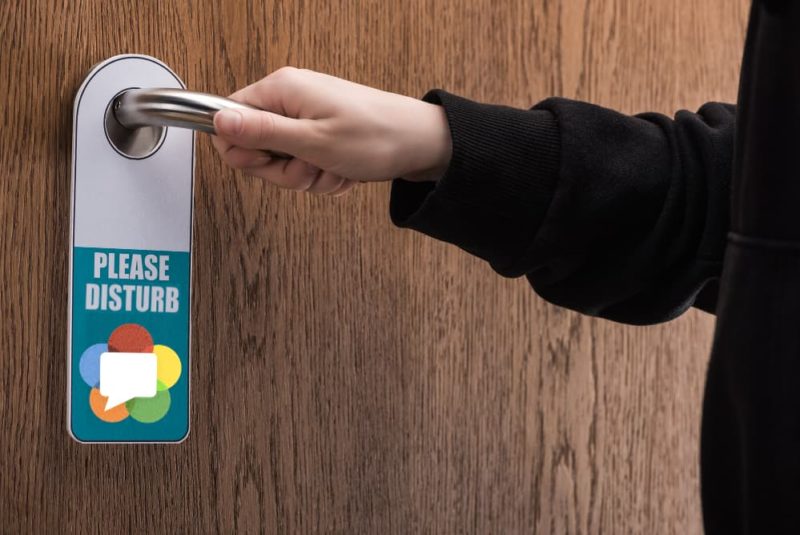There is a cool new feature everyone has been trying to implement – background transparency. Virtual backgrounds have been around for a while. Rather than inserting a new background behind user(s), transparency removes the background altogether, allowing the app to place users over a screen share or together in a shared environment. There doesn’t seem […]
How does WebRTC End-to-End Encryption work? Matrix.org example (Dave Baker)
One of WebRTC’s great features is its mandated strong encryption. Encryption mechanisms are built-in, meaning developers don’t (often) need to deal with the details. However, these easy, built-in encryption mechanisms assume you have: 1) media is communicated peer-to-peer and 2) a secure signaling channel setup. Most group-calling services make use of a media server device, […]
Apple’s not so private relay fails with WebRTC
Apple released iOS 15 with iCloud Private Relay broken for WebRTC – it still divulges your IP address. This post walks through why and how the WebRTC API’s use your IP address information and how you can check what IP addresses are gathered.
Dealing with HTMLMediaElements and srcObjects in WebRTC applications
Philipp Hancke discusses a how to properly release Media Element resources with WebRTC and a recent Chrome issue that apps to stop handling larger numbers of participants.
Identifying Shared Tabs using Capture Handle (Elad Alon)
Introduction to capture handle – a new Chrome Origin Trial that lets a WebRTC screen sharing application communicate with the tab it is capturing. Examples use case discussed include detecting self-capture, improving the use of collaboration apps that are screen shared, and optimizing stream parameters of the captured content.





